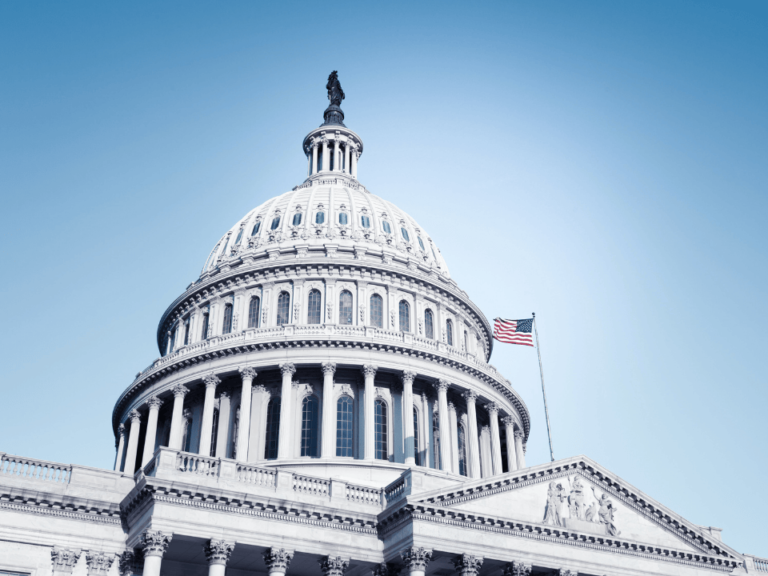This story is part of The Cancer Letter’s ongoing coverage of COVID-19’s impact on oncology. A full list of our coverage, as well as the latest meeting cancellations, is available here.
On a recent call with directors of cancer centers, NCI Director Ned Sharpless reminded us that quarantines present opportunities for scientists to think deeply.
Ned illustrated his point with an example from outside the cancer field:
In 1665, a college kid named Isaac Newton was sent home from Cambridge to go into social isolation for what became known as the Great Plague of London. He returned to Cambridge a bit more than a year later, bringing back the foundations of calculus, his theory of optics and, depending on whom you talk to, the theory of gravity.
Although our time is different from Newton’s, under normal circumstances, today’s scientists are swamped, performing or overseeing day-to-day experiments, mentoring, teaching, grant-writing, and traveling to conferences, all of which doesn’t leave much time to pause, reflect deeply on our results and place them in a larger context of biology and medicine.
Today’s COVID-19 pandemic urges us to think big.
As cancer scientists, we find ourselves at a cross-section of oncology, rheumatology and infectious disease. They haven’t merged into a monolithic science, and may not need to, but more than ever, we are finding these three disciplines at the same intersection. Call it the COVID-19 Interchange.
[A related commentary by cancer immunologist and “Checkpoints” lead singer Rachel Humphrey, head of R&D TIO Bioventures Discovery Engine and chief medical officer, Treadwell Therapeutics, appears here.]
As cancer people, we have developed an institutional insfrastructure—the NCI-designated cancer centers, the national clinical trials infrastructure—that’s unique in medicine. And, for a long time now, oncologists, drug developers and the FDA have been speaking the same language. If we are able to maintain our cool heads even as the world around us continues to crumble under the onslaught of COVID-19, we will be able to answer questions quickly—and to produce transformative science.
As director of a cancer center, I remind myself that this is the challenge all of us trained for, this is the infrastructure we built. This infrastructure took a long time to build. In an oral history in 1997, former NCI Director Vincent DeVita said he regarded the institute’s Viral Cancer Program as “one of the greatest contributions to science.”
At the time, DeVita said that he counted seven Nobel Prizes that are attributable to the program. Without bean-counting the Nobels, let’s just say that, surely, there have been others since.
DNA viruses such as HBV and HPV are well known for their roles in cancer development, and interplay with RNA viruses and cancer. For example, HIV retrovirus infection leads to compromised immunity and with DNA viruses, cause Kaposi’s sarcoma, aggressive B-cell lymphomas, and cervical cancer.
Importantly, the cytokine release syndrome, seen in several viral diseases, was observed as an adverse event in CAR T-cell therapy and managed with a drug approved in rheumatology. Drugs that were used to control CRS in the CAR T-cell setting are now being tested in COVID-19 (The Cancer Letter, March 27).
Listening to Zika
While viral epidemics pose severe challenges to society, there are instances where thoughtful efforts can turn these foes into potential friends in the fight against cancer. This is also a case study in thinking deeply, following scientific leads, breaking silos—and just sheer luck.
I believe that in the midst of COVID-19, and based on this conceptual background, it may be informative to consider the 2015-2016 viral outbreak—the case of Zika virus.
Zika virus was initially isolated in 1947 from a monkey in the Zika forest of Uganda, followed by identification in mosquitos in the same area, leading to its naming—only later skipping species to humans. ZIKV infection was initially thought to cause a self-limiting and mild febrile disease—until a widespread epidemic of Zika virus (ZIKV) infection was reported in 2015 in South and Central America and the Caribbean.
While infected individuals can often be asymptomatic or have only mild symptoms, of mounting concern were reports linking ZIKV infection to fetal and newborn microcephaly.
This devastating viral outbreak stimulated remarkable research first reported in 2016 is uncovering Zika mechanisms that may allow scientists to turn this viral foe against babies into a cancer foe against stem-cell mediated drug resistant mechanisms.
One day after a report, led by Florida State University researchers showing that Zika virus infects and kills neural precursor cells (i.e. neural stem cells and neural progenitor cells), a postdoctoral fellow, Zhe Zhu, in the laboratory of Jeremy Rich, who at the time was at Cleveland Clinic, hypothesized that Zika could be useful in targeting drug-resistant cells within glioblastoma, the cancer stem cells, which share many characteristics with neural progenitor cells.
Rich is now a professor at the Department of Medicine, Neurosciences, and director of the Neuro-Oncology and Brain Tumor Institute at UCSD Moores Cancer Center.
In today’s science, Eureka moments are documented in emails. Here is Zhe Zhu’s:
From: Zhu, Zhe
Date: Thu, Mar 31, 2016 at 1:17 PM
Subject: ZIKA VIRUS in glioma stem cells
Cc: Rich, M.D., Jeremy
Hi Jeremy,
There was two Cell stem cell paper coming out yesterday, I would like to discuss with you about Zika virus in glioma stem cell/GSC vs DGC function. It will be a very fast project, I have already discussed with the Corresponding author at Florida state university, Dr. Tang about collaborations
http://www.bio.fsu.edu/faculty-tang.php
Let’s talk about the possibilities,
Best, Zhe
One additional element not contained in this email, but in later discussions to pursue Zika, was a report that AXL expression in GSCs served as the Zika cell surface receptor—a conclusion that has since been called into question.
As Zhu predicted, his project moved quickly.
In collaboration with laboratories at Washington University led by Michael Diamond and Milan Chheda, Zhu demonstrated that Zika was a potent and specific killer of highly resistant glioblastoma stem cells.
By manipulating the genetics of the Zika virus, even greater specificity for glioblastoma was found, based on interferon responses. After transition of the Rich laboratory to the Moores Cancer Center at University of California, San Diego, these studies were completed and results published in J Exp Med (2017 Oct)—within just a year following the outbreak.
Rapidly, other groups confirmed these findings and used additional efforts to modify the Zika virus.
I believe that in the midst of COVID-19, and based on this conceptual background, it may be informative to consider the 2015-2016 viral outbreak—the case of Zika virus.
Independent reports published Jan. 16 in Cell family journals, Cell Reports and Cell Stem Cell, originated from two groups at UC San Diego School of Medicine and Moores Cancer Center.
“Talk about chance,” Rich said to me—two labs working at the same time and same place—only to become aware of the other group’s work when notified by Cell, which coordinated the submissions to come out the same day. The two papers were put into context by an accompanying Perspective piece.
The elusive receptor
One of the challenges in effective oncolytic viruses has been the absence of selective viral entry into tumor cells, often because the receptors or internalization pathways have not been well characterized for a virus or the relevant tumor type.
Although AXL was initially thought to facilitate Zika entry into some cell types, this was later disproved—normal AXL knockout cells retained the ability to be infected.
Working independently, without knowledge of each other’s efforts, the Rich laboratory—in collaboration with the laboratories of David Cheresh and Alysson Muotri at UCSD—used an extensive trial-and-error, surface integrin-antibody screen, finding that Zika killed glioblastoma stem cells to a far greater degree than normal human brain cells.
Since normal neuro stem cells also express integrin αvβ5, a therapeutic index needs to be established to specifically kill GBM cells. Tariq Rana’s lab leveraged orthogonal discovery efforts to both identify integrin αvβ5 as an essential node in the entry of Zika into brain tumor stem cells. Rana used CRISPR gene-editing technique, selectively deleting specific genes from GBM stem cells then exposed each mutant to the Zika virus.
The story of Zika illustrates that viruses may be cancer’s enemy—and, to us, a valuable friend.
Rather than relying on a small number of viruses as possible therapies in a diverse set of cancers, the evolutionary drive of viruses to adapt to specific niches and cell types may offer improved therapeutic modalities to selectively target resistant tumor populations: conceptually, precision viral oncology.













